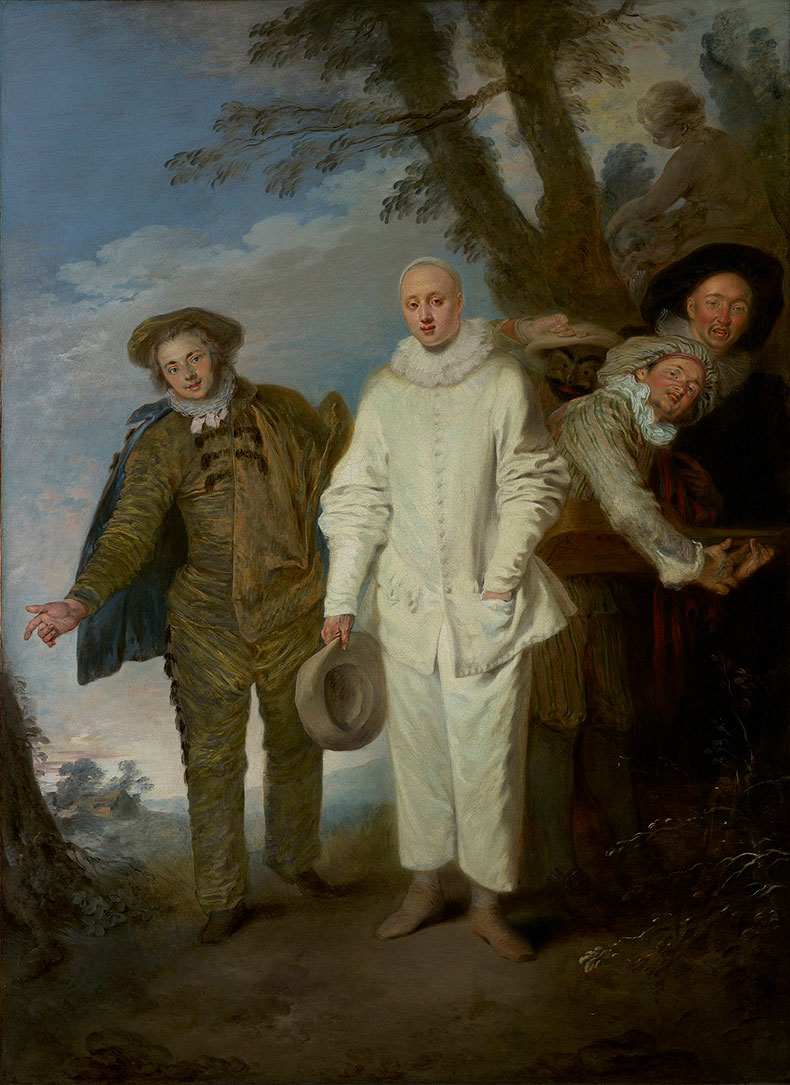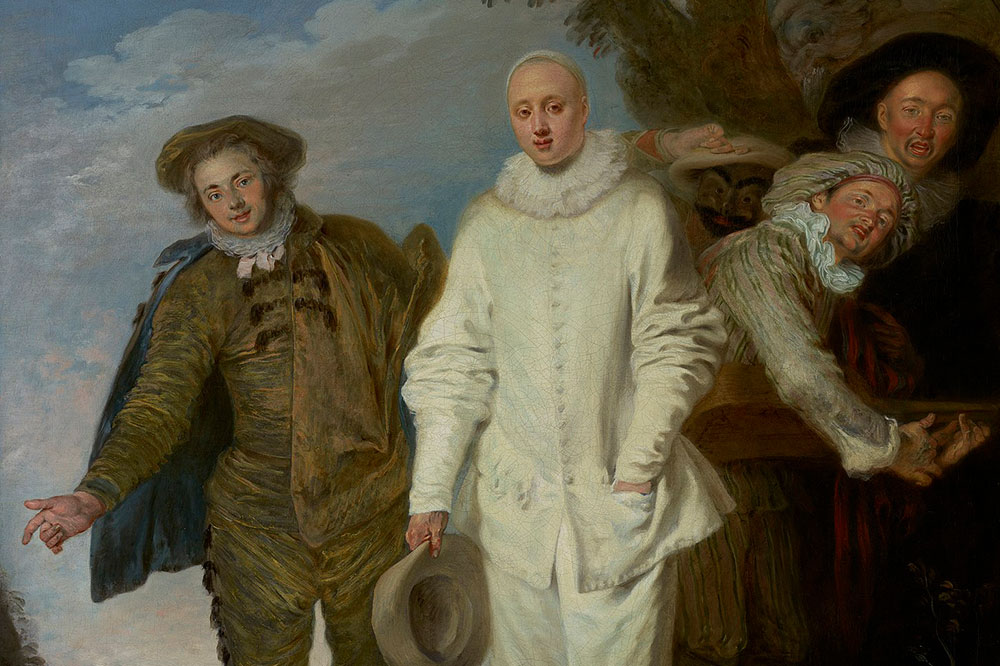On 1 April 1698, a number of people bought tickets to ‘see the lions washed’ at the Tower of London. They arrived to find that no such event was taking place and soon realised they were the butt of an April Fool’s joke.
The origins of playing pranks on people on this date are contested but what we know for sure is that the tradition spans Europe and the Middle East. In Italy and French-speaking countries it is known as ‘April fish’, which requires the joker to pin a paper fish to the victim’s back without them noticing. In Ireland the fool is the person upon whom an ‘important letter’ is pressed; they open it up to reveal the words ‘send the fool further’.
The media usually plays along too. In 1957 the BBC famously broadcast an episode of Panorama showing Swiss farmers harvesting freshly grown spaghetti. Nowadays, at least one British newspaper story on 1 April will be too far-fetched even by our current standards.
Here we take a look at 4 objects from museums around the world that celebrate the art of the fool.
Portrait of Erasmus writing (1528), Hans Holbein the Younger. Musée du Louvre, Paris

1. Portrait of Erasmus writing (1528), Hans Holbein the Younger
Musée du Louvre, Paris
A satirical attack on superstition, the Catholic church and its political allies, In Praise of Folly was written in 1509 by the Dutch humanist scholar Desiderius Erasmus of Rotterdam. Erasmus wrote the text while staying with Thomas More and one of its Latin titles, Moriae Encomium, translates punningly as both ‘In Praise of Folly’ and ‘In Praise of More’ (in Greek, moría translates to folly). Click here to find out more.
The Italian Comedians (c. 1720), Jean-Antoine Watteau. Getty Center

2. The Italian Comedians (c. 1720), Jean-Antoine Watteau
Getty Center, Los Angeles
The archetypal clown, Pierrot is one of the most recognisable, and perhaps affecting, characters from the Italian commedia dell’arte tradition. In Watteau’s painting he stands almost angelic in his white costume – comically baggy and yet pristine – with his fellow players against a pastoral backdrop. Click here to find out more.
Masses and masses rove a darkened pool; never is there laughter on this ship of fools (2007), Robyn O’Neil.
Kemper Museum of Contemporary Art, Kansas City. Photo: Clementine Gallery; © Robyn O’Neil

3. Masses and masses rove a darkened pool; never is there laughter on this ship of fools (2007), Robyn O’Neil
Kemper Museum of Contemporary Art, Kansas City
Dating from 375 BC and yet painfully relevant today, the ship of fools is an allegory from Plato’s Republic about the dangers of steering a state with no expert guidance. The theme was interpreted most famously by Hieronymus Bosch and continues to inspire contemporary artists such as Kehinde Wiley, Lucien Smith and Robyn O’Neil. Click here to find out more.
Chest of drawers (commode) (c. 1765–70), Jean-Louis Grandjean. Photo: Waddesdon Image Library/Hugo Maertens

4. Chest of drawers (commode) (c. 1765–70), Jean-Louis Grandjean
Waddesdon Manor, Buckinghamshire
The trompe l’oeil technique is employed to fool us into thinking we can see something that isn’t there. At first glance this 18th-century chest of drawers appears to be draped in a rich red damask but, like the lions, on further inspection it turns out to be a trick. Click here to find out more on the Bloomberg Connects app.
Download now
![]() ‘4 things to see this week’ is sponsored by Bloomberg Connects, the free arts and culture app. Bloomberg Connects lets you access museums, galleries and cultural spaces around the world on demand. Download the app here to access digital guides and explore a variety of content or scan the QR code.
‘4 things to see this week’ is sponsored by Bloomberg Connects, the free arts and culture app. Bloomberg Connects lets you access museums, galleries and cultural spaces around the world on demand. Download the app here to access digital guides and explore a variety of content or scan the QR code.




